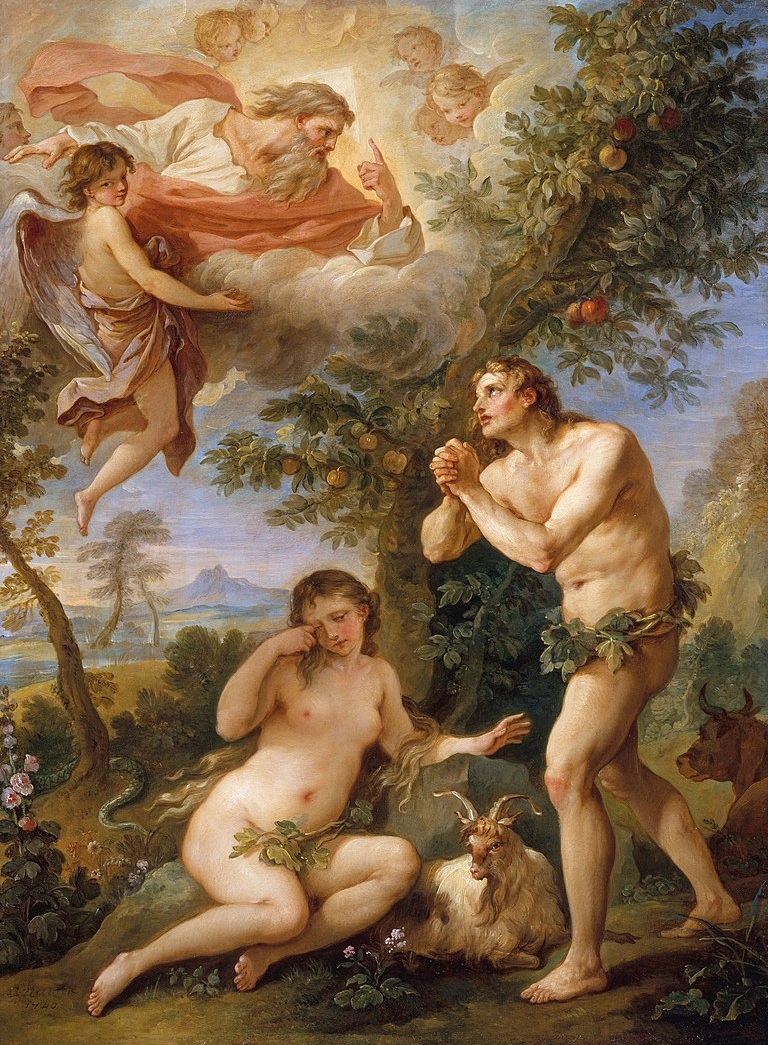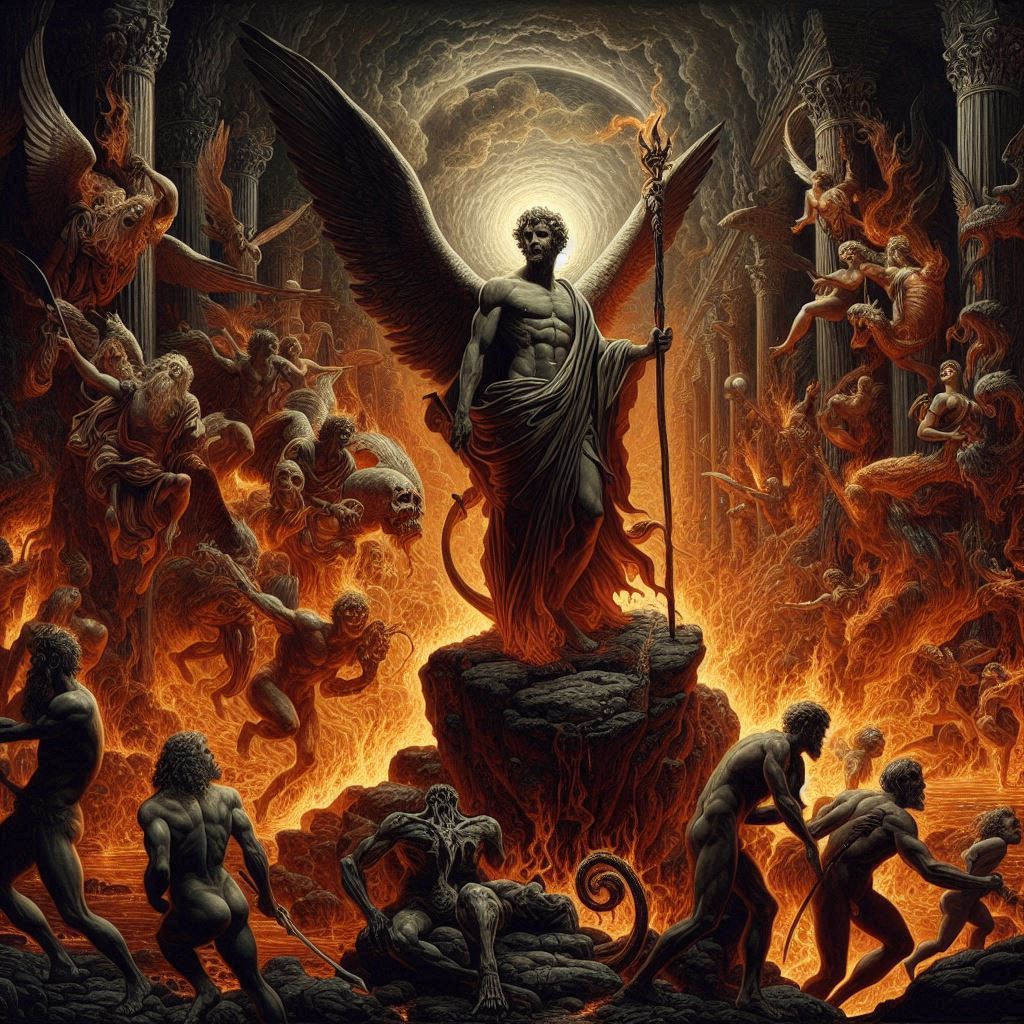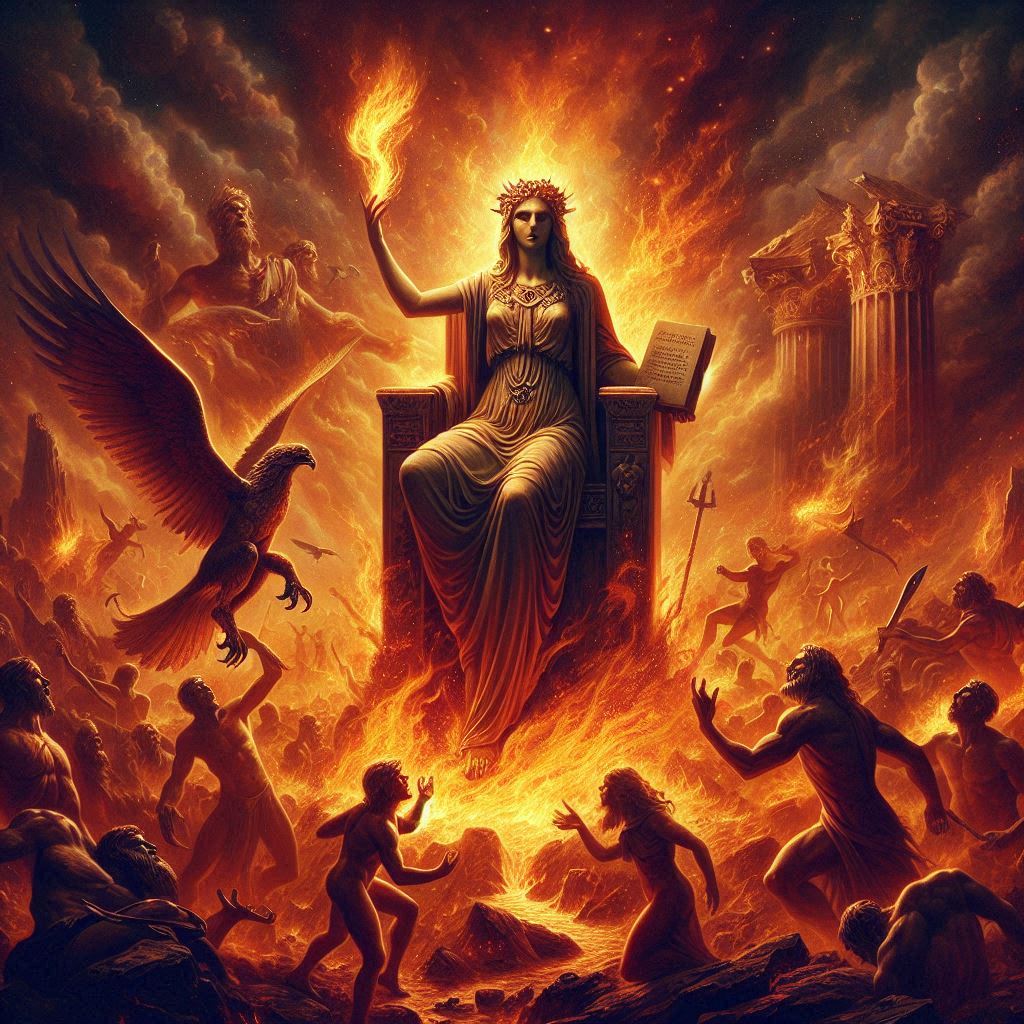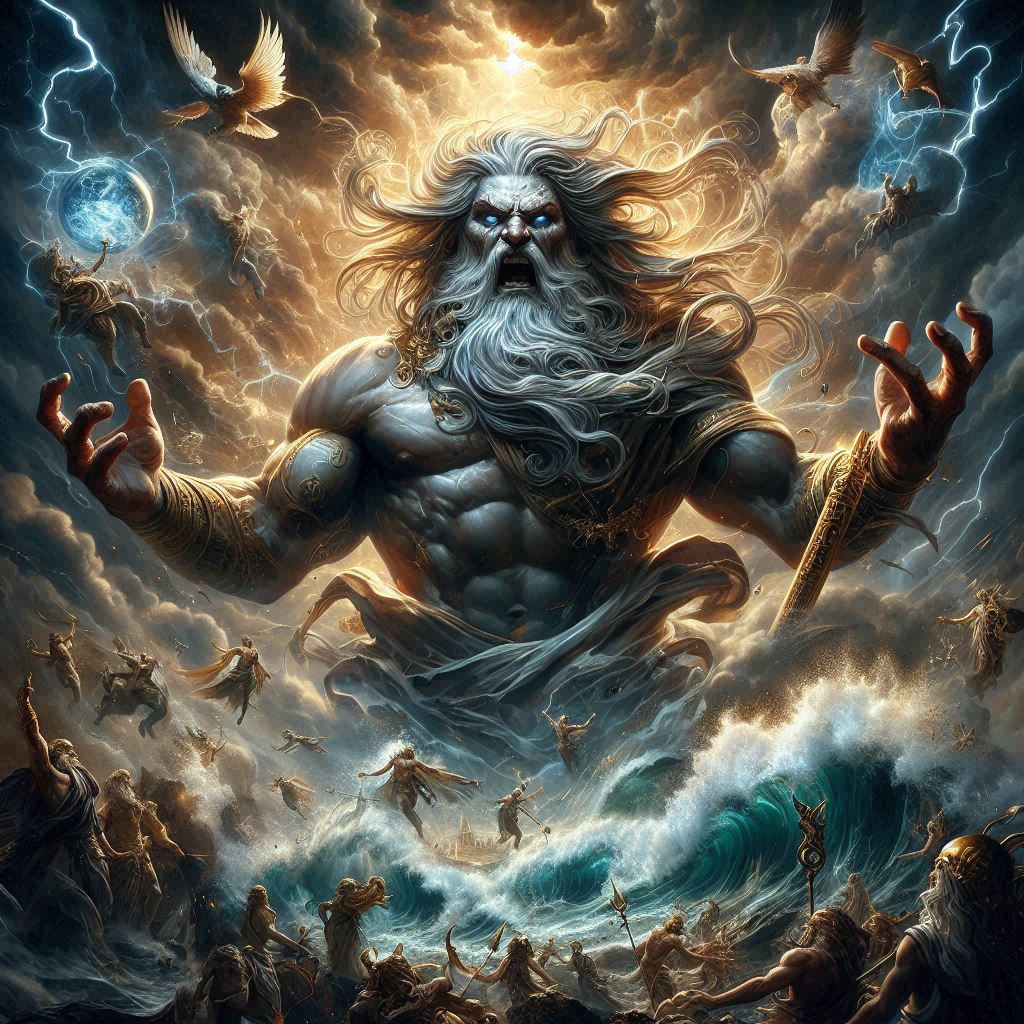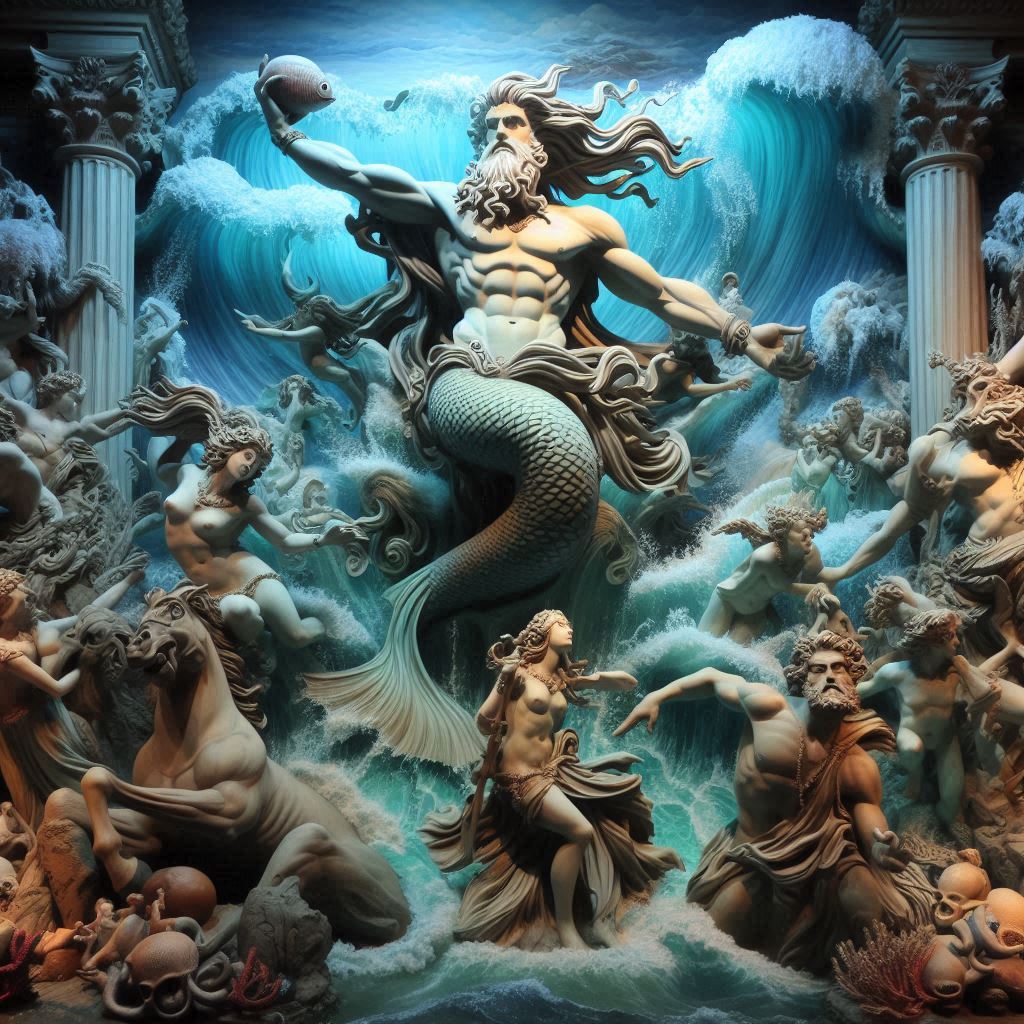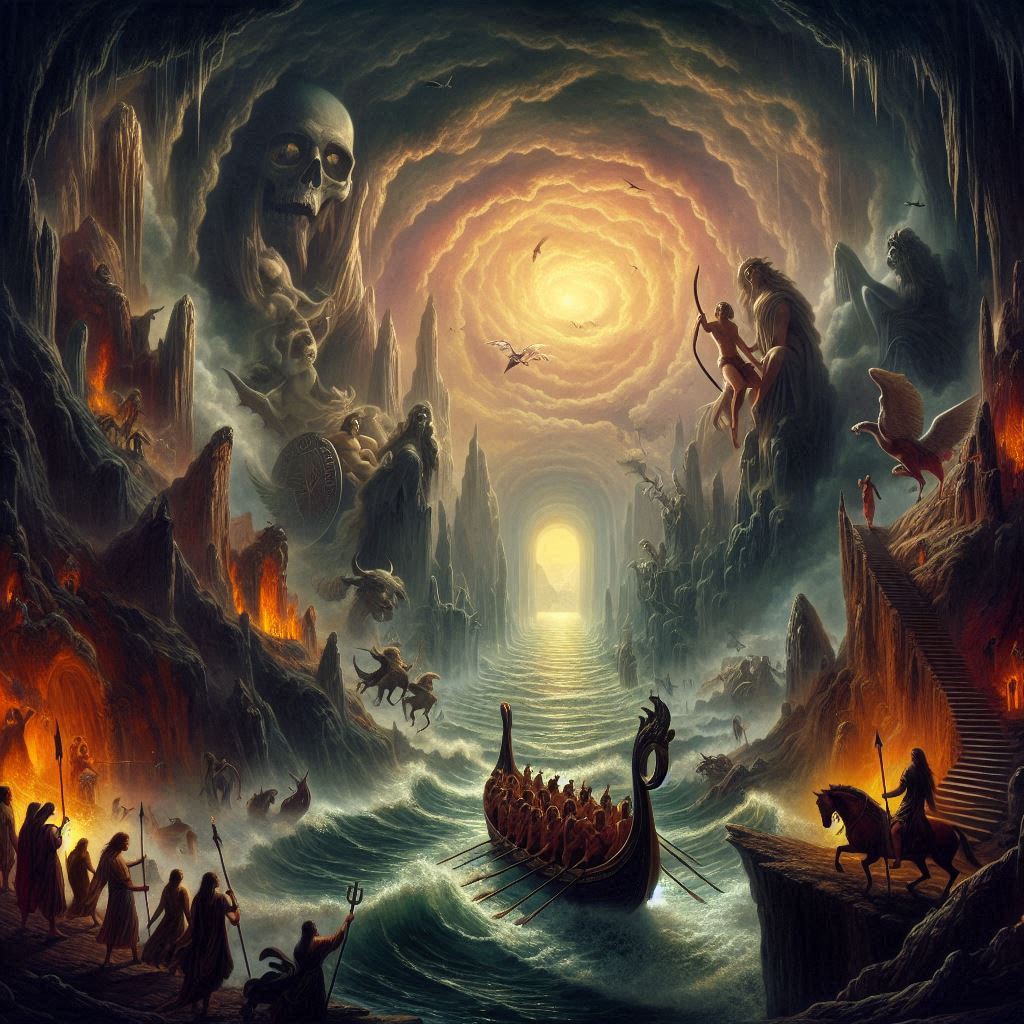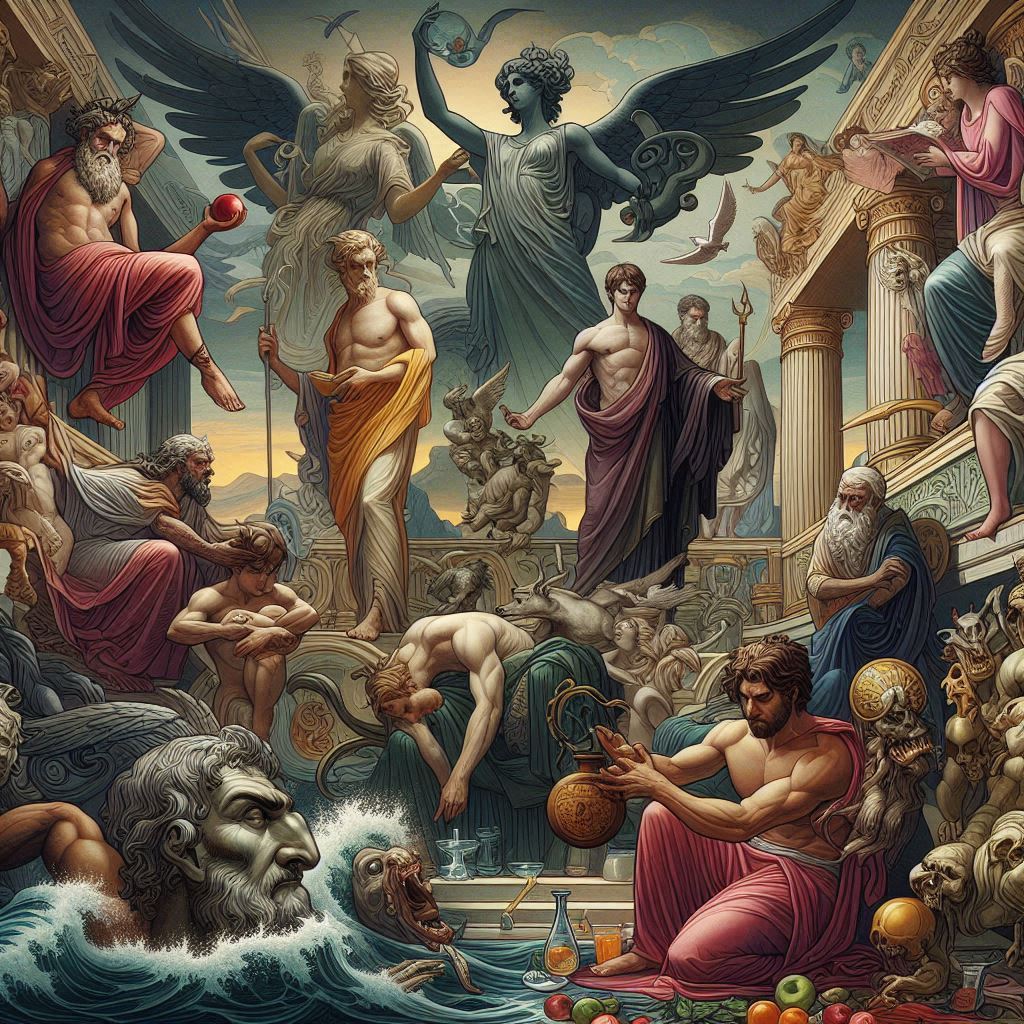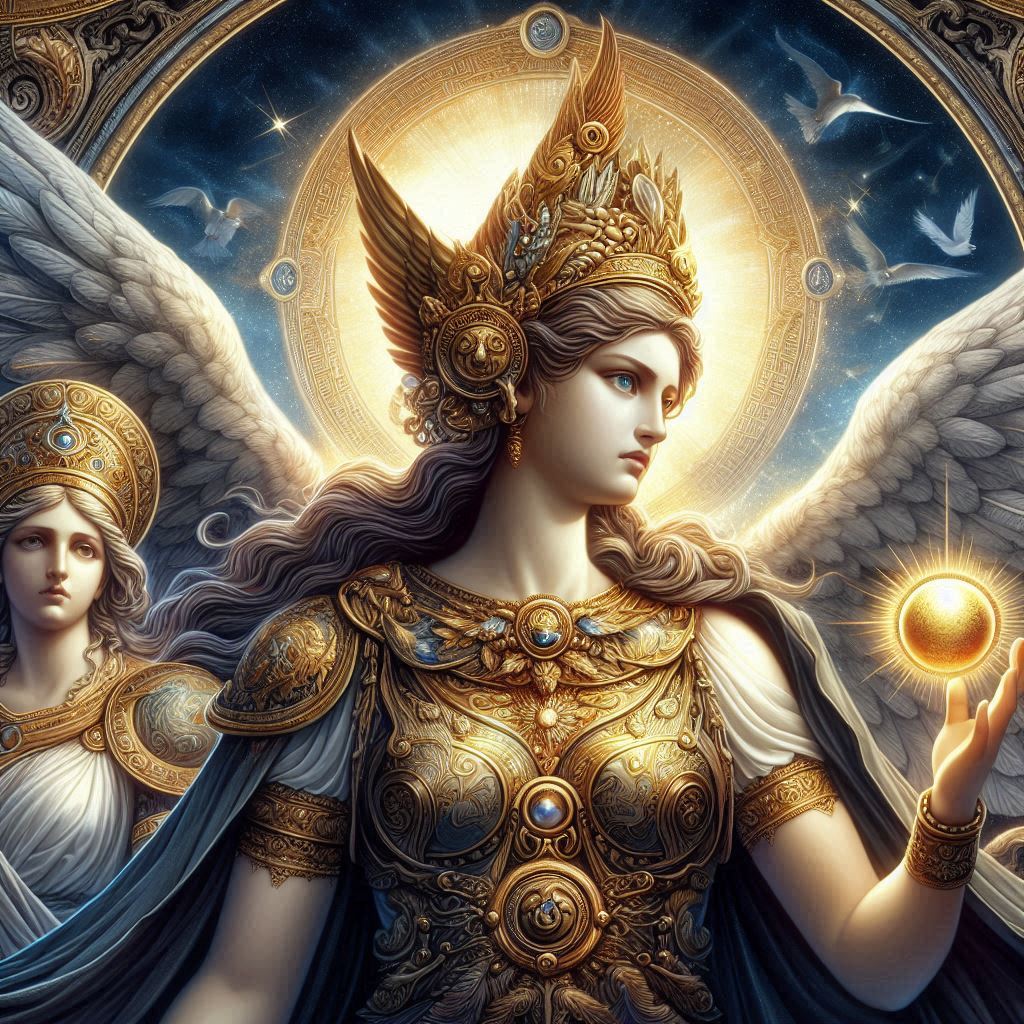Adam and Eve, according to the Bible, are considered the first human beings created by God. Their story is fundamental to both the Jewish and Christian traditions, representing the origins of humanity, the consequences of disobedience, and the themes of temptation, sin, and redemption.
The narrative of Adam and Eve is primarily found in the Book of Genesis, the first book of the Bible. The story begins with the creation of Adam, formed from the dust of the ground and given life by the breath of God. God places Adam in the Garden of Eden, a paradisiacal setting filled with lush vegetation, rivers, and animals. Adam is tasked with naming the animals, signifying his authority over them.
Despite the abundance in the Garden of Eden, God recognizes that Adam is alone and decides to create a suitable companion for him. God forms Eve from one of Adam’s ribs, emphasizing the profound unity and interconnectedness of the first human couple. This act establishes the institution of marriage and the sacred bond between husband and wife.
In this idyllic setting, Adam and Eve live in a state of innocence, enjoying a harmonious relationship with God and each other. They are given dominion over the garden but are given a specific command by God – not to eat from the tree of the knowledge of good and evil. Disobeying this command is presented as the only restriction in this utopian existence.
The story takes a critical turn with the introduction of the serpent, commonly identified with Satan or the embodiment of evil. The serpent engages Eve in conversation, questioning God’s command and suggesting that eating from the forbidden tree will bring enlightenment and wisdom. Eve succumbs to the serpent’s temptation, eats the fruit, and shares it with Adam.
Their act of disobedience, known as the Fall, results in an immediate shift in their awareness. They recognize their nakedness and experience shame, prompting them to cover themselves with fig leaves. The consequences of their disobedience extend beyond mere self-awareness – they also incur God’s judgment.
God confronts Adam and Eve, who attempt to shift blame. Adam blames Eve, and Eve, in turn, blames the serpent. God pronounces judgments on each party involved, including the serpent, who is cursed to crawl on its belly, and the woman, who will experience pain in childbirth. Adam is condemned to toil for his sustenance, and the ground itself is cursed, making agricultural work more challenging.
While the judgments convey the severity of the consequences of disobedience, God also introduces a glimmer of hope. In Genesis 3:15, often referred to as the protoevangelium or the first gospel, God declares that the seed of the woman will bruise the serpent’s head, suggesting a future deliverance from the consequences of sin.
The expulsion from the Garden of Eden symbolizes the separation of humanity from direct communion with God. Cherubim guard the entrance to prevent Adam and Eve from returning, signifying the loss of paradise and the entrance of sin into the world.
The story of Adam and Eve raises profound theological, ethical, and philosophical questions. Theologians have debated the nature of the forbidden fruit and the implications of disobedience. Some interpretations emphasize the moral aspect of disobedience and the consequences of straying from God’s will, while others explore the idea of gaining knowledge and self-awareness as inherent aspects of human development.
The narrative of Adam and Eve is not merely a historical account but carries symbolic and archetypal significance. It addresses fundamental human experiences and dilemmas – the temptation to pursue knowledge at the expense of obedience, the consequences of choices, and the complexities of human relationships.
The story has also been interpreted in various ways within the Christian tradition. The concept of original sin, rooted in Augustine of Hippo’s theological reflections, suggests that all humanity inherits the sinful nature of Adam and Eve. This theological perspective underscores the need for redemption and the role of Jesus Christ as the savior who brings forgiveness and reconciliation.
In Christian theology, Jesus is often referred to as the Second Adam, signifying a new beginning and the possibility of restoration. The New Testament draws parallels between the disobedience of Adam and the obedience of Jesus, highlighting the transformative power of faith.
In contrast, some interpretations within Judaism emphasize personal responsibility and accountability rather than a concept of original sin. The emphasis is on individuals’ choices and their moral agency rather than the transmission of guilt from one generation to another.
The story of Adam and Eve has also inspired artistic, literary, and cultural expressions throughout history. Artistic representations often depict the couple in the Garden of Eden, the moment of temptation, or their expulsion. Literary works, ranging from John Milton’s “Paradise Lost” to modern reinterpretations, explore the psychological and moral dimensions of the narrative.
The symbolism of Adam and Eve continues to resonate in contemporary discussions about human nature, morality, and the search for meaning. The narrative prompts reflection on the complexities of free will, the consequences of choices, and the ongoing quest for understanding the human condition.
While the story of Adam and Eve remains central to religious traditions, it also serves as a universal narrative that transcends religious boundaries. Its themes echo throughout human experience – the pursuit of knowledge, the challenge of moral decision-making, and the search for reconciliation and redemption in the face of human frailty.
